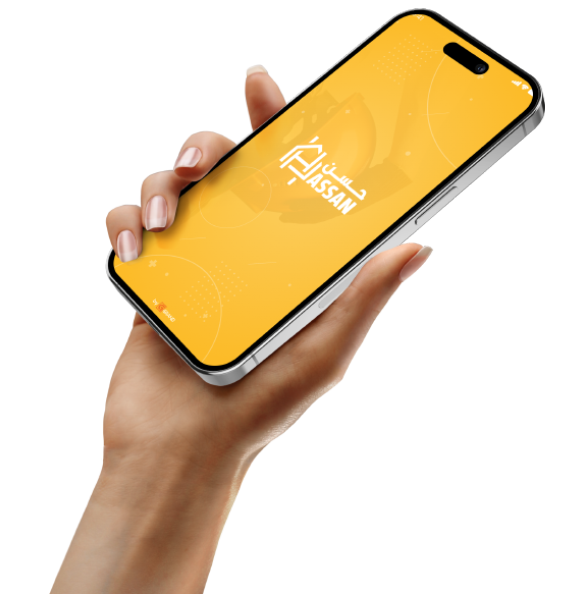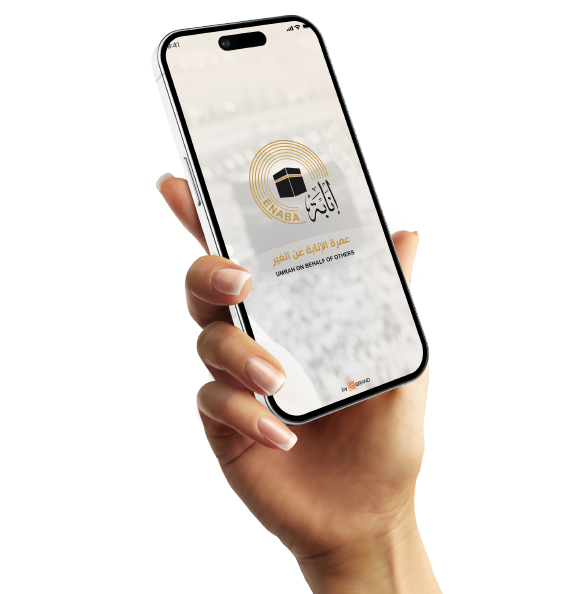How to make your app evolve as the market changes

Continuous Updates: A Vital Guide
The market is changing rapidly, and an app that doesn't change is quickly forgotten. Make sure to have a regular update plan that includes technical fixes and user experience improvements. Each update shows users that you're listening and keeping up, which builds trust and loyalty.
Constantly Monitor Your Competitors
Staying informed about what your competitors are offering gives you a clearer view of what's changing in the market. Monitor their interfaces, new features, and even marketing strategies. Don't imitate them, but rather find inspiration for ways to outperform them.
Technology at Your Service
Don't ignore technological advancements such as artificial intelligence, augmented reality, or biometric payment. Thoughtfully incorporating these developments into your app increases its market value and makes users feel like they're using a modern tool.

Flexibility in Updates... The Secret to Sustainability
For your app to evolve with a changing market, it's essential to instill the concept of flexibility into your update strategy. Apps that remain static quickly lose their luster in the eyes of users, while flexible apps can quickly adapt their functionality, interfaces, and even their profit model. Changes in customer behavior or the entry of new competitors require a rapid response. Make sure your development team is always ready to release continuous updates, even small ones, to keep pace with any changes that arise.
Flexibility doesn't mean chaos; it requires a clear system for analyzing changes, assessing their impact, and then implementing them according to a well-thought-out plan. Use usage data, reviews, and customer feedback to guide your decisions. Rely on agile programming techniques to shorten the development cycle and respond more quickly to changes.

Data is your true compass.
In a constantly changing market, data becomes your primary ally for making smart decisions. Don't rely solely on intuition. Collect usage data accurately and analyze it continuously. Which pages do users visit the most? When do they leave the app? Which features do they engage with the most?
This data gives you a real-time understanding of market sentiment and audience behavior. Use analytics tools like Firebase, Mixpanel, and Hotjar, and combine this with simple, periodic in-app surveys. A good understanding of your data enables you to know when you need to launch a new feature or improve another one. The market doesn't tell you with words; it hints at you through numbers... so understand them well.

Professional photography is the foundation of attractiveness.
Your product isn't sold with words alone, but with images. A good image isn't a luxury; it's a necessity. Every product within your app should be showcased through high-quality images, with excellent lighting and a clean background. Don't limit yourself to a single image; use multiple angles and close-up shots to highlight details.
You can also include images of the product in use, giving the user a realistic sense of what they'll get. Don't forget the importance of balancing size and quality; the image must be clear without compromising loading speed. Remember: your app is a mobile showroom, and the image is the eye-catching decoration above all else.















